Letter to Quit Job Template for a Professional Resignation
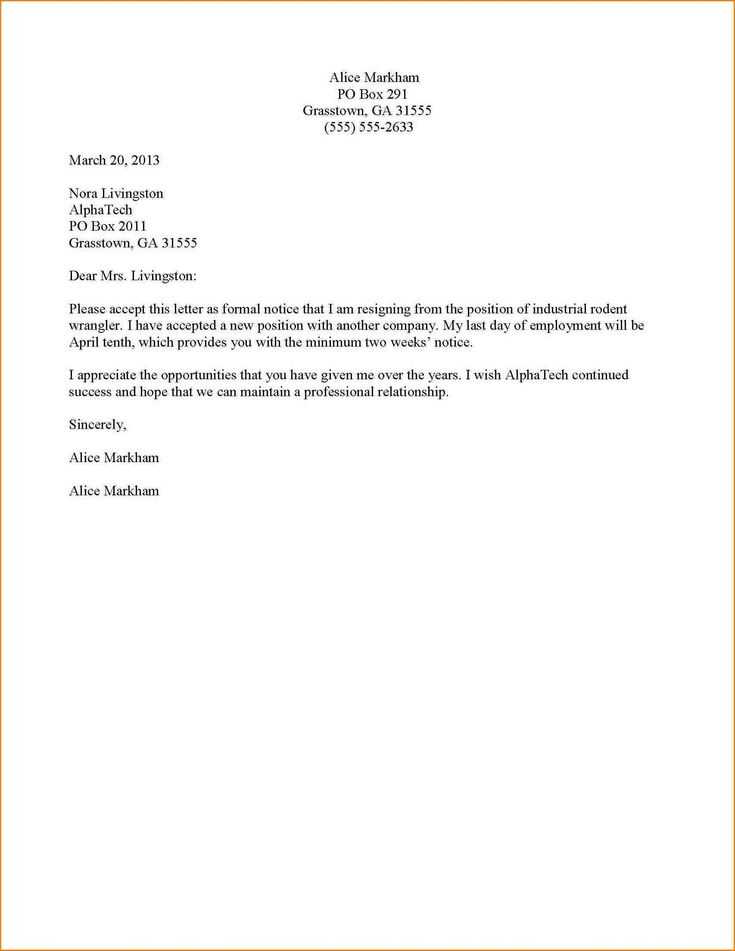
Exiting from a position requires careful communication to ensure you leave on good terms and maintain your professional reputation. Whether moving on to a new opportunity or stepping away for personal reasons, expressing your intentions in a respectful and formal manner is key. This guide offers a structured approach to crafting a well-worded resignation notice that conveys your decision clearly while preserving positive relations with your current employer.
Steps for Writing a Professional Resignation Notice
Crafting a concise and thoughtful resignation is essential to avoid misunderstandings and leave a lasting, positive impression. Follow these steps to structure your message effectively:
- State Your Intention – Be clear from the start that you’re stepping away from your position.
- Express Gratitude – Acknowledge the opportunities you’ve had and the experience gained.
- Offer Transition Support – Mention your willingness to assist with the transition process, if appropriate.
- Be Brief – Keep the tone polite but to the point, avoiding excessive details or personal reasons.
Key Elements of a Well-Constructed Resignation
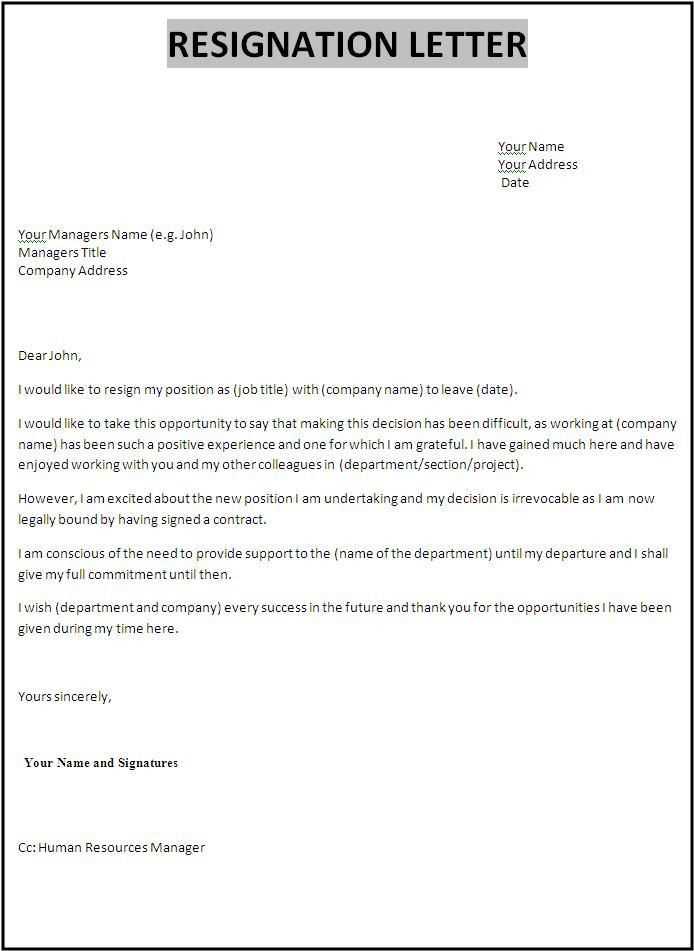
Ensure that your message includes these essential components to maintain professionalism:
- Clarity – Avoid vague language. Make it clear that you’re leaving the position and when your last day will be.
- Respect – Approach the situation with consideration for your employer, regardless of the circumstances surrounding your departure.
- Positive Tone – Even if you’re leaving due to dissatisfaction, focus on the positive aspects of your experience rather than airing grievances.
Best Practices for Delivering Your Resignation
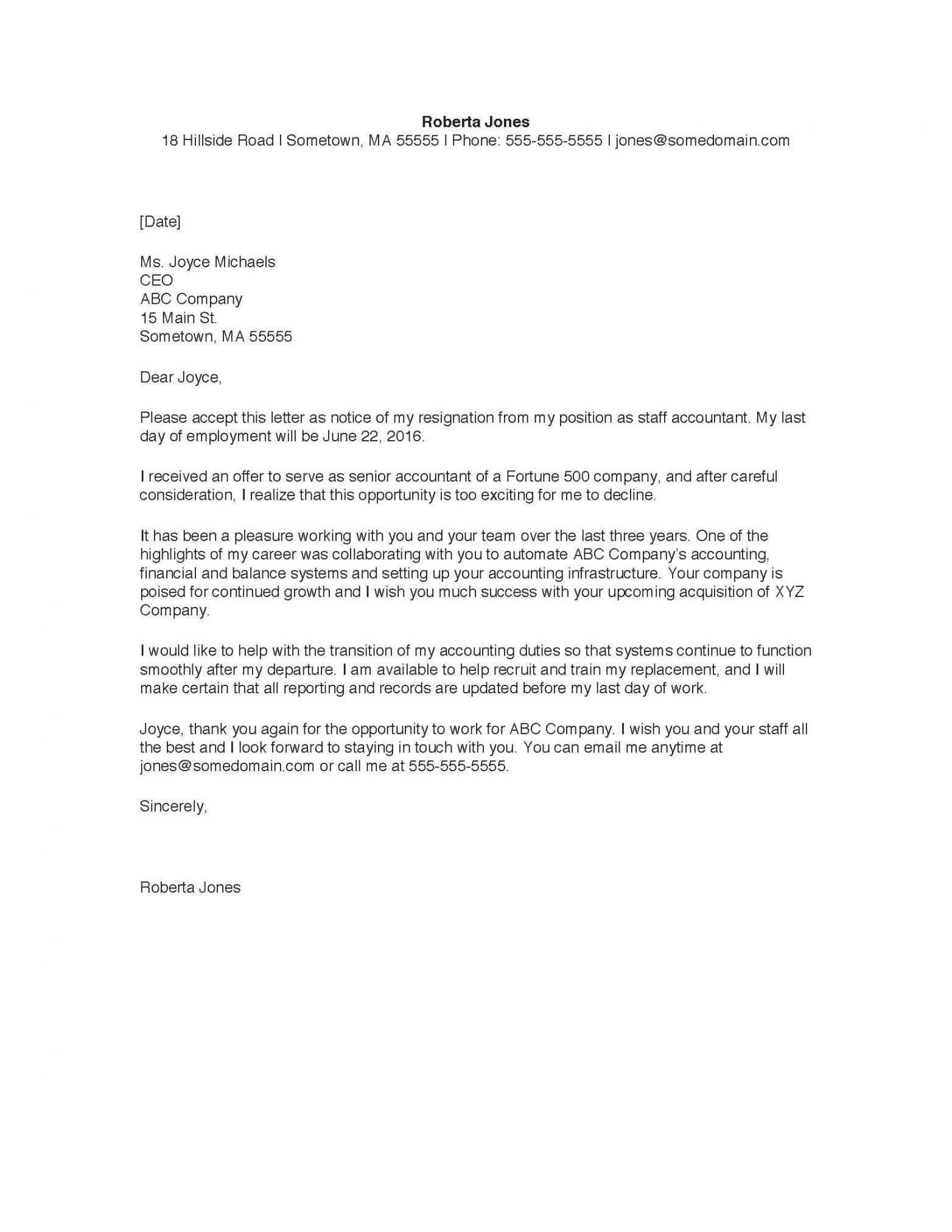
Once your message is ready, consider the following tips for delivering your resignation professionally:
- Timing – Submit your notice with enough time to allow for a smooth transition. Typically, two weeks’ notice is standard.
- Formal Submission – Provide your notice in writing to ensure there is a record of your resignation.
- Direct Communication – If possible, inform your manager in person or via a video call before submitting the written notice.
Understanding the Importance of a Professional Resignation Notice
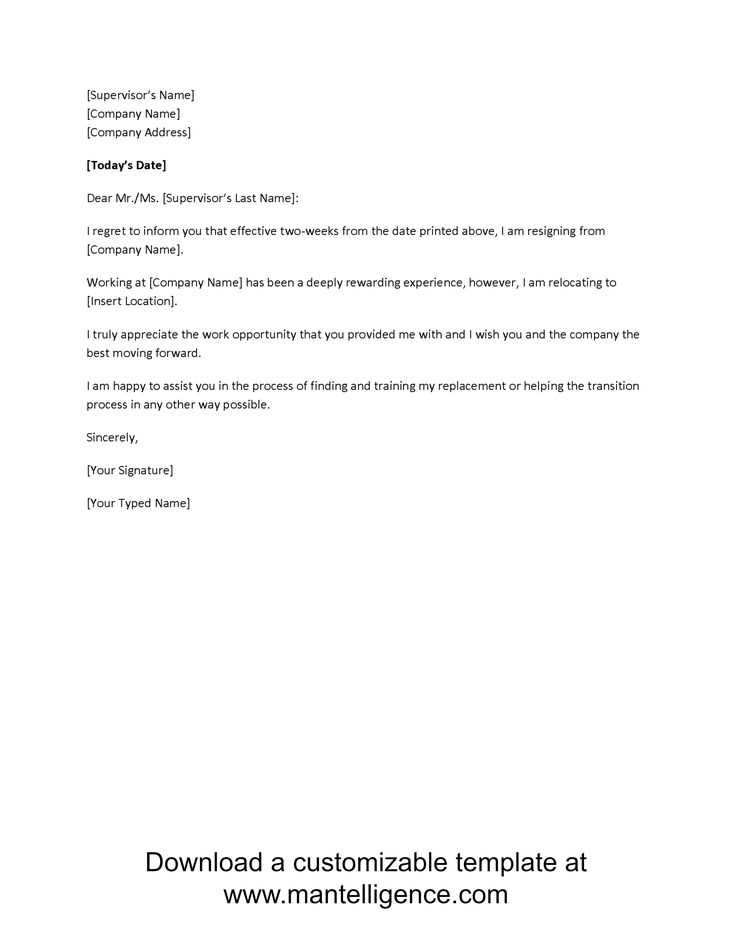
Exiting a role requires a thoughtful approach to communicate your decision with respect and clarity. A well-crafted notice ensures that you leave on good terms, maintain your professional image, and preserve relationships with colleagues and supervisors. By presenting your intentions clearly and courteously, you can make the transition process smooth and effective for everyone involved.
How to Compose a Professional Resignation Message
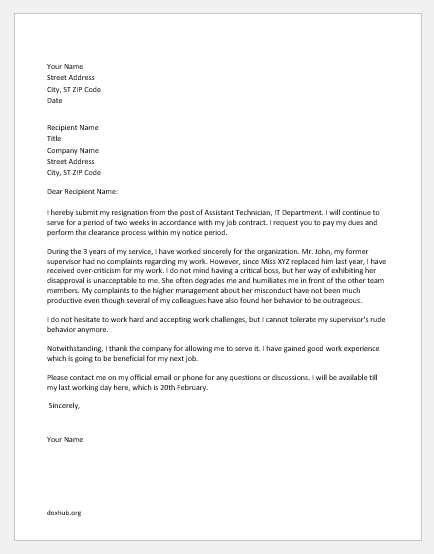
Writing a formal message to announce your departure should be done with careful consideration. It’s important to be direct yet polite, stating your intent clearly while keeping the tone respectful. Start by expressing gratitude for the opportunities you had, and offer assistance in making the transition easier. This shows professionalism and respect for the company’s needs, even as you move on.
Key Elements to Include in Your Notice
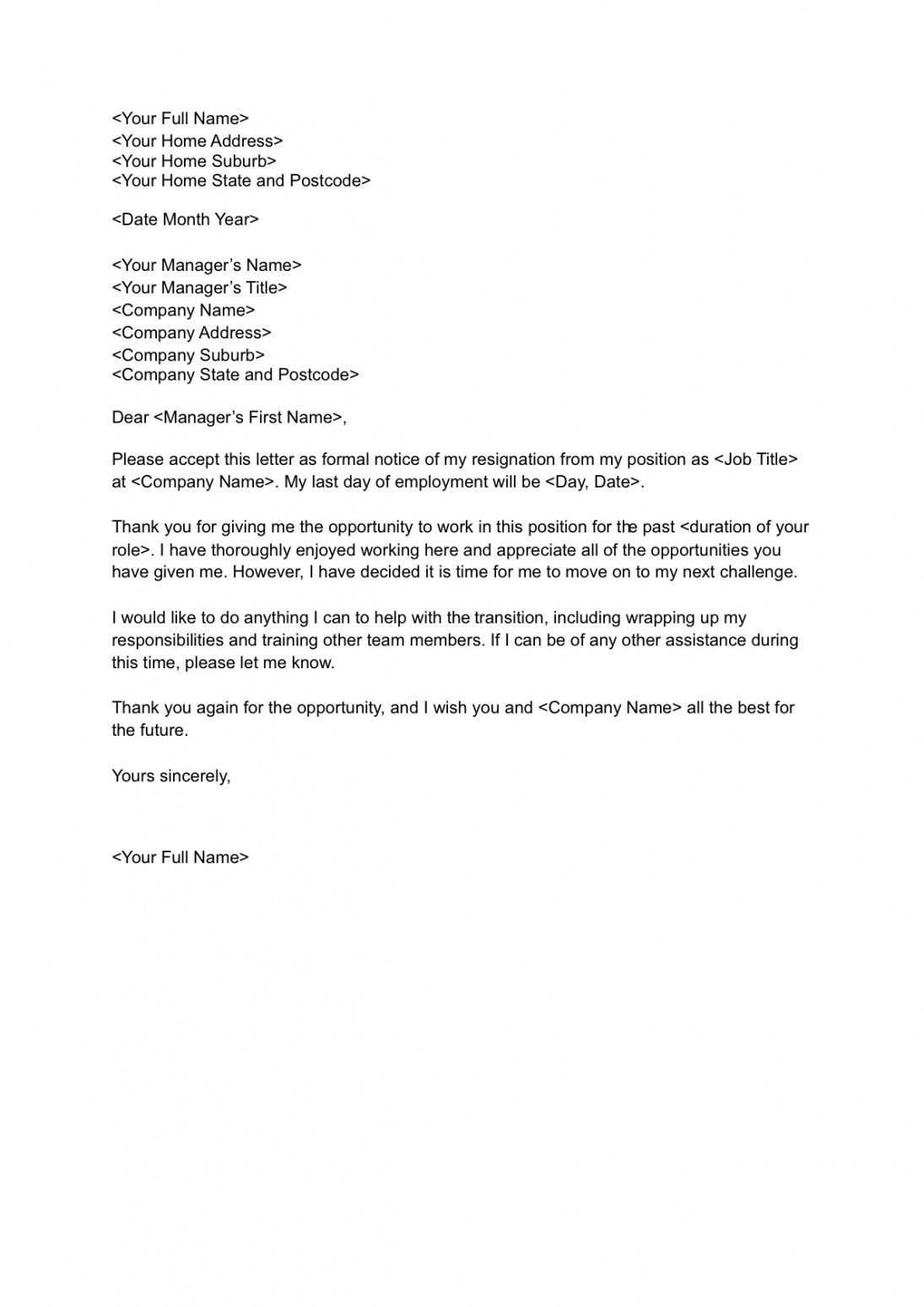
Ensure that your resignation message includes the following:
- Clear Intentions – Clearly state that you are resigning and provide a specific end date.
- Gratitude – Acknowledge the positive experiences gained during your time with the company.
- Transition Support – Offer to assist with handover tasks or to train a successor if possible.
Including these elements will help ensure that your departure is viewed positively and professionally.
Avoiding Common Mistakes
While writing your resignation, be mindful of these common errors:
- Over-explaining – Keep the message concise. Avoid going into too much detail about the reasons for leaving.
- Negative Tone – Even if you’re leaving due to dissatisfaction, maintain a respectful tone throughout.
- Inappropriate Timing – Submit your notice with enough time for the company to find a replacement. Two weeks’ notice is standard practice.
By steering clear of these pitfalls, you ensure that your resignation remains professional and amicable.
Tips for Submitting Your Resignation Notice
When it comes time to submit your formal notice, consider these helpful tips:
- Timing – Provide your notice at a time that allows your employer to plan for your departure without disruption.
- Face-to-Face Communication – If possible, discuss your resignation in person or through a virtual meeting before sending the written notice.
- Formal Submission – Always follow up with a written message, even if you’ve verbally communicated your decision.
By following these steps, you ensure a smooth, respectful exit from your role, leaving a positive lasting impression on your employer and colleagues.